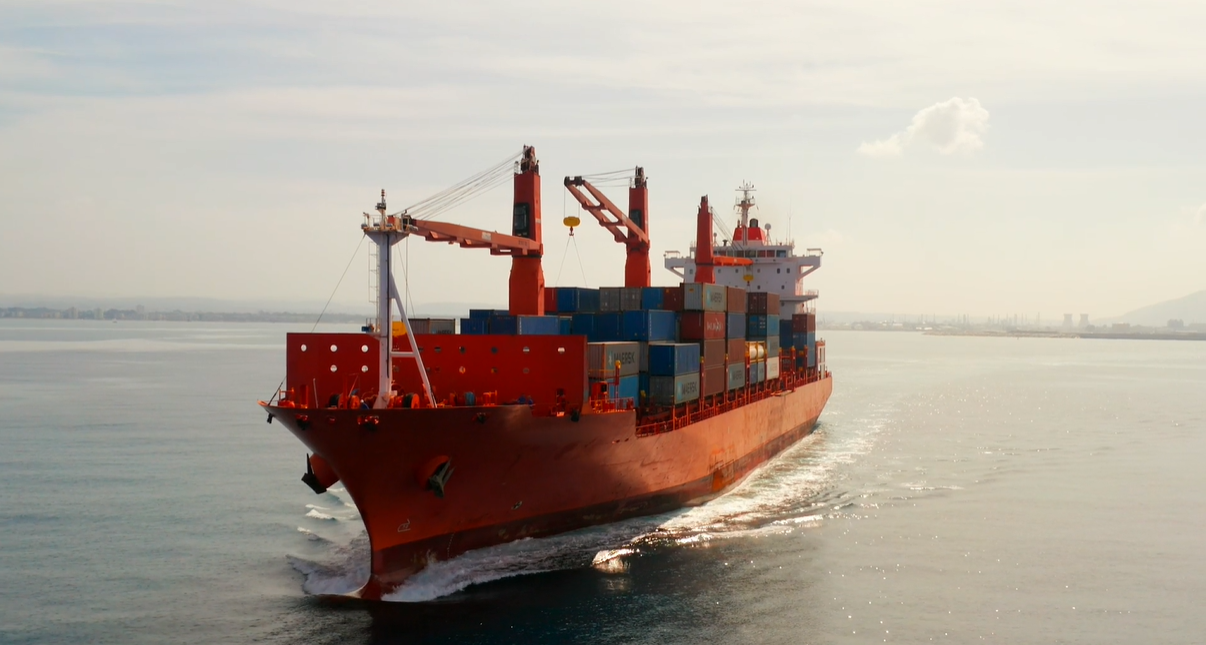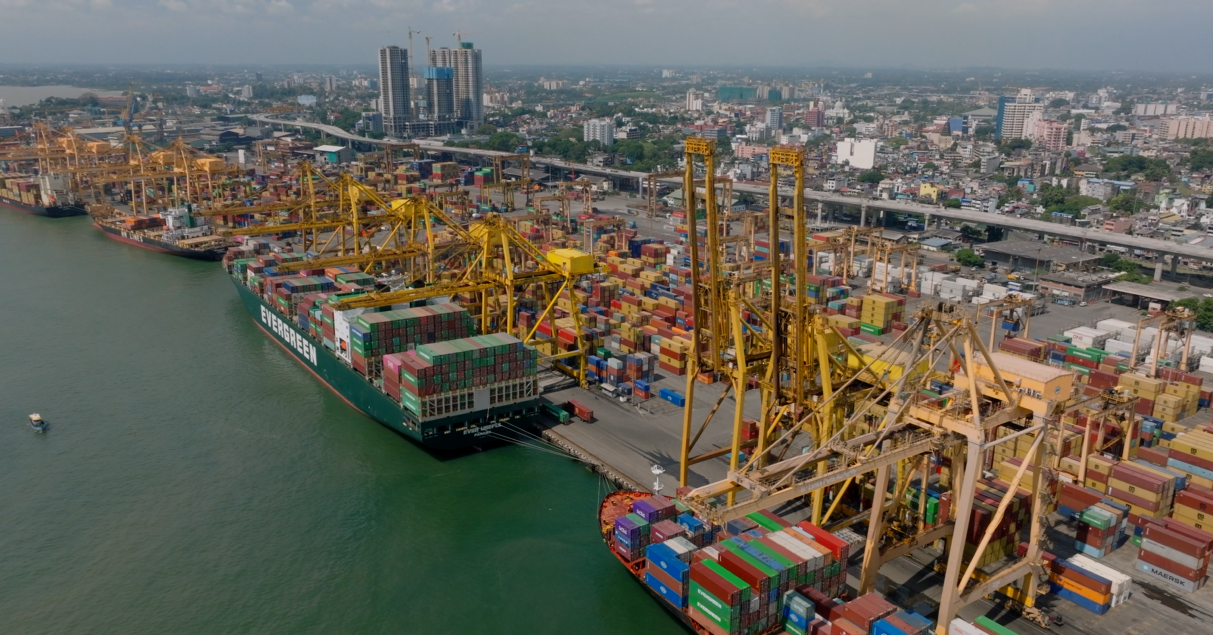FREIGHT FORWARDING, CUSTOM BROKERS
A Comprehensive Guide to Freight Accounting
Effective freight management is crucial for ensuring that businesses can deliver their goods to customers reliably and on time. A key aspect of this process is freight accounting, which involves tracking and analyzing the costs associated with transporting goods. This guide will cover the basics of freight accounting, its importance, and the concepts of freight in and freight out, freight on board (FOB), and the various factors that influence freight costs.
June 24th, 2024
|
3 Minute Read

What is Freight Accounting?
Freight accounting systematically records and manages expenses related to shipping goods from one location to another. Businesses might ship these goods from a manufacturing warehouse to a company’s sales warehouse, from a business to a retail location, or directly to the end customer. They use various modes of transportation, including trucks, planes, ships, and trains.
Businesses account for these costs differently depending on whether the buyer or seller pays for the shipping and whether shipping fees are included in the cost of the items. For example, when a retail store needs to restock its inventory and pays the freight costs, it considers these expenses part of the inventory cost. Conversely, when a company covers the shipping fees to deliver items to customers, it records these costs under general business expenses.
Importance of Freight Accounting
Freight accounting is essential because it provides insights into a company’s shipping expenses, helping identify areas where costs can be reduced. By accurately tracking these expenses, businesses can develop strategies to improve operational efficiency and save money.
For companies with significant freight costs, creating a separate account for these expenses can simplify management and access. This dedicated account allows for a more detailed and organized record of all shipping-related fees. Additionally, companies must ensure their shipping and accounting practices comply with all relevant regulations, including environmental and tax laws.
Key practices include:
- – Maintaining accurate financial records
- – Filing necessary documents with governing authorities
- – Obtaining relevant permits
- – Storing records securely
- – Regularly auditing records
- – Implementing data protection controls
- – Staying updated on local, state, and federal guidelines
Key Concepts in Freight Accounting
Freight In vs. Freight Out
- – Freight in occurs when the buyer of goods is responsible for the shipping costs. These expenses are considered part of the purchase price for accounting purposes. The buyer assumes ownership and the risks associated with transporting the goods once they are loaded onto the transportation mode.
- – Freight out happens when the seller covers the shipping expenses. These costs are recorded as part of the seller’s business expenses and are subtracted from gross profit to determine net income.
Example of Freight In and Freight Out
Consider a manufacturer, HMS, Inc., which produces children’s books, and Hometown Books, a chain of retail bookstores. If Hometown Books pays for shipping the books from HMS’s factory to its stores, this transaction is considered freight in for Hometown Books. Conversely, if HMS, Inc. covers the shipping costs, it is recorded as freight out for HMS, Inc.
Understanding Freight on Board (FOB)
Freight on board (FOB) is a term used to indicate which party is responsible for shipping costs and when the ownership of goods transfers from the seller to the buyer.
- – FOB Origin also known as FOB shipping point, FOB origin means that the buyer is responsible for freight costs from the point of shipment. The seller handles any costs before the freight reaches the shipping point, such as taxes or customs fees. This term is typically used when shipping goods to retail stores or vendors.
- – FOB destination means that the seller retains ownership and assumes the risks of transportation until the goods reach their destination. At this point, ownership transfers to the buyer. This term is often applied when shipping goods to warehouses, ports, or major shipping hubs.
Factors Affecting Freight Accounting Costs
Several factors influence the cost of transporting goods:
Mode of Transportation: Different modes of transportation, such as trucks, airplanes, ships, or trains, come with varying costs. The choice of transportation mode significantly impacts overall freight expenses.
Weight of Cargo: Heavier loads incur higher transportation costs due to increased fuel consumption and wear on the transportation mode.
Fuel Costs: Fluctuations in fuel prices can lead to higher or lower freight costs. Increased fuel prices often result in higher shipping charges to offset the additional expense.
Demand For Freight: High demand for freight carriers can drive up shipping costs, while lower demand can result in reduced rates.
Risk Factors: Shipping through hazardous conditions or transporting dangerous goods can increase freight costs due to higher risks involved.
Regulations: Government regulations, such as emission tax laws, driving hour limitations, and cargo volume restrictions, can affect freight costs.
By understanding and managing these factors, businesses can better control their shipping expenses and improve overall efficiency.
Conclusion
The best practice for revenue and gross profit recognition in freight forwarding is to recognize income at the point of invoicing. Ensuring timely and accurate invoicing requires an electronic monitoring system to maintain a zero-defect scenario. The Ontegos Control Dashboard excels in achieving these objectives, supporting the overall efficiency and profitability of freight forwarding operations.
Read Next
-
Industry Trends: Q2 Insights for Less-Than-Truckload Carriers
Air Europa Cargo and cargo.one have launched a global partnership…
-
Air Europa Cargo Partners with Cargo.one for Enhanced Digital Booking
Air Europa Cargo and cargo.one have launched a global partnership…
-
The Role of Electric Vehicles in Modern Logistics
Electric vehicles (EVs) are revolutionizing the logistics industry. Professionals in…
-
Are You Making These Common Freight Forwarding Mistakes?
In the fast-paced world of freight forwarding, efficiency and accuracy…
-
Supreme Court Empowers Carriers: New Regulatory Realities
On June 28, 2024, the U.S. Supreme Court delivered a…
-
Maritime Shipping Still Struggles: Ocean Rates Soar
Ocean spot rates for shipping forty-foot equivalent containers from China…
-
A Comprehensive Guide to Freight Accounting
Effective freight management is crucial for ensuring that businesses can…
-
Rising Container Shipping Rates: US Demand & Red Sea Issues
The global shipping industry is grappling with soaring container rates…
JOIN OUR MAIL LIST FOR EXCLUSIVE ACCESS TO
LATEST NEWS, TIPS, AND RESOURCES
Your privacy matters! Suntek only uses this info to send content and updates. You may unsubscribe anytime. View our privacy policy for more.














